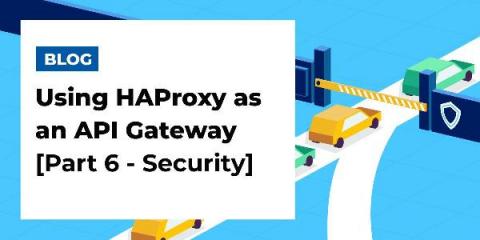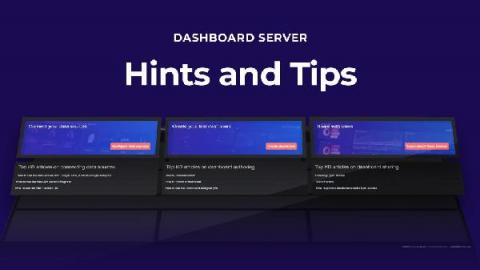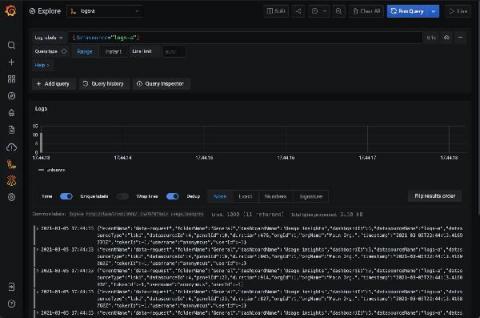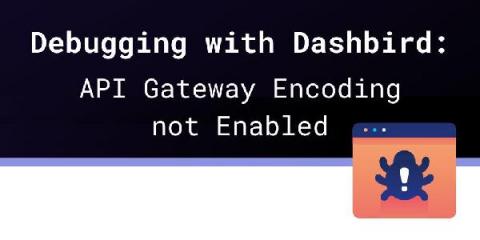Operations | Monitoring | ITSM | DevOps | Cloud
API
The latest News and Information on API Development, Management, Monitoring, and related technologies.
Changelog: Reporting, deployments and many, many enhancements and fixes
Our product & dev team has been cranking out so many small, medium and big updates the last ~2 months, we thought we'd do a comprehensive sum up. Grab some coffee ☕️ and strap yourself in: the list is quite long!
Using HAProxy as an API Gateway, Part 6 [Security]
In almost every case, APIs have changed how modern applications connect to their data. Mobile apps, single-page web apps, IoT devices, integration hooks between software—all of these things rely on APIs to fetch, update, delete, and create data. In fact, one set of APIs might serve as the backbone of a website, mobile app, voice assistant device, and more, meaning one data store owns a treasure trove of information about us, the human users.
Working with the WebAPI tile - tips & tricks
Regardless of the SquaredUp product you use, the WebAPI tile is very useful when it comes to connecting to external data sources and showing them in your dashboards. It brings you closer to that single pane of glass dashboarding dream that we all have, which is why it is also one of our most used tiles!
Enhance API security with Apigee and Cloud Armor
Using HAProxy as an API Gateway, Part 5 [Monetization]
In our previous blog post, Using HAProxy as an API Gateway, Part 2 [Authentication], you learned that when you operate HAProxy as an API gateway, you can restrict access to your APIs to only clients that present a valid OAuth 2 access token. In this post, we take it a step further. You will learn how to leverage tokens to grant some users more access than others and then charge for the service.
Monitoring an API via HTTP POST and Phone Call alerts
Learn how to monitor an API by doing an HTTP POST request to it every minute and instantly be notified when it goes down. It all takes under 10 minutes so let’s dive in, head first.
Why Your APIs Should Fly First Class - A Case For Going API-First
A closer look at the admin API and plugin for centralized tenant adminstration and control in Grafana Enterprise Logs
To follow up on our introduction of Grafana Enterprise Logs, the latest addition to the Grafana Enterprise Stack, let’s dig into one of the key features: the admin API and admin plugin. Grafana Loki, Grafana Labs’ log aggregation project, provides the underpinnings of Grafana Enterprise Logs (GEL).
Debugging with Dashbird: API Gateway Encoding not Enabled
When using services created by other people, it’s often neither obvious what they mean, let alone how to fix them. One of these error messages you might see when using Amazon API Gateway is “encoding not enabled”. The first question here is, what kind of encoding does this error message refer to? The first thought might go into the video or audio encoding direction and lead to a dead-end since you probably didn’t send any audio or video files.











